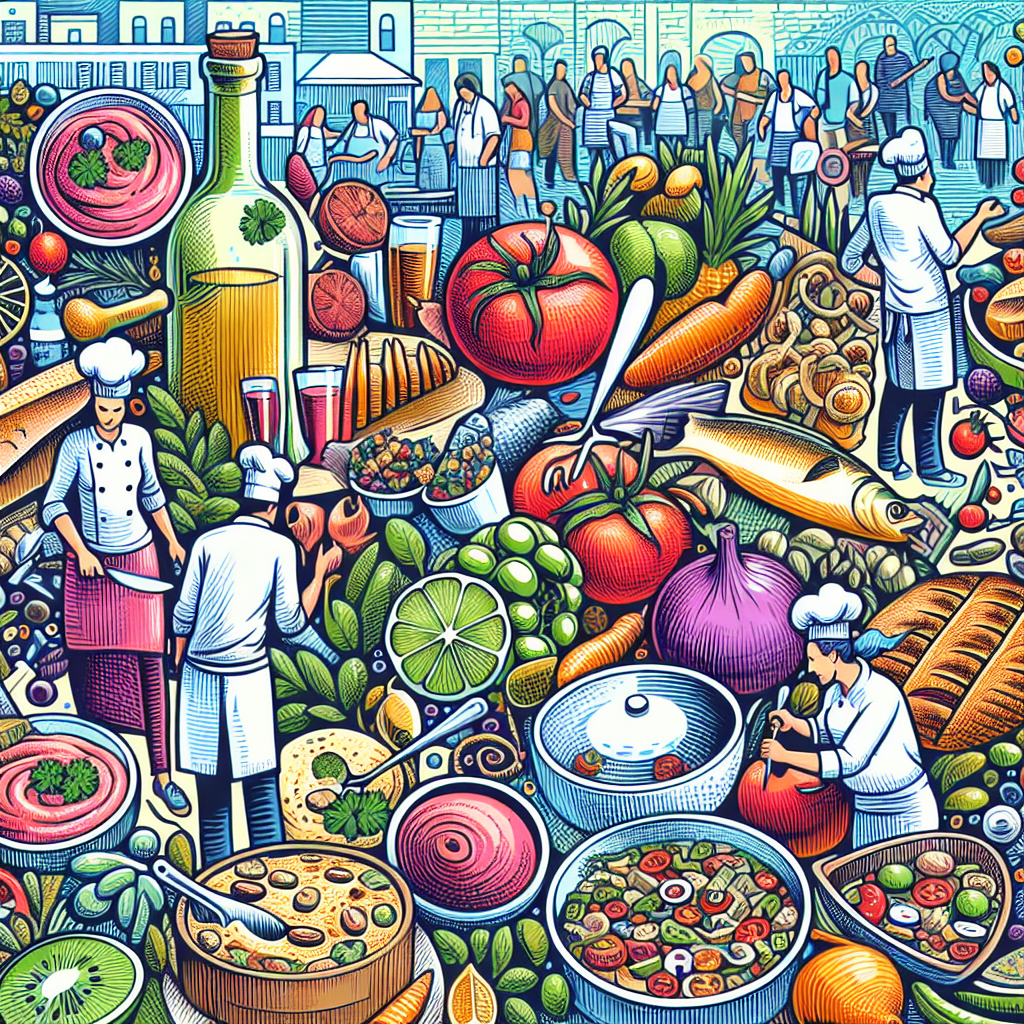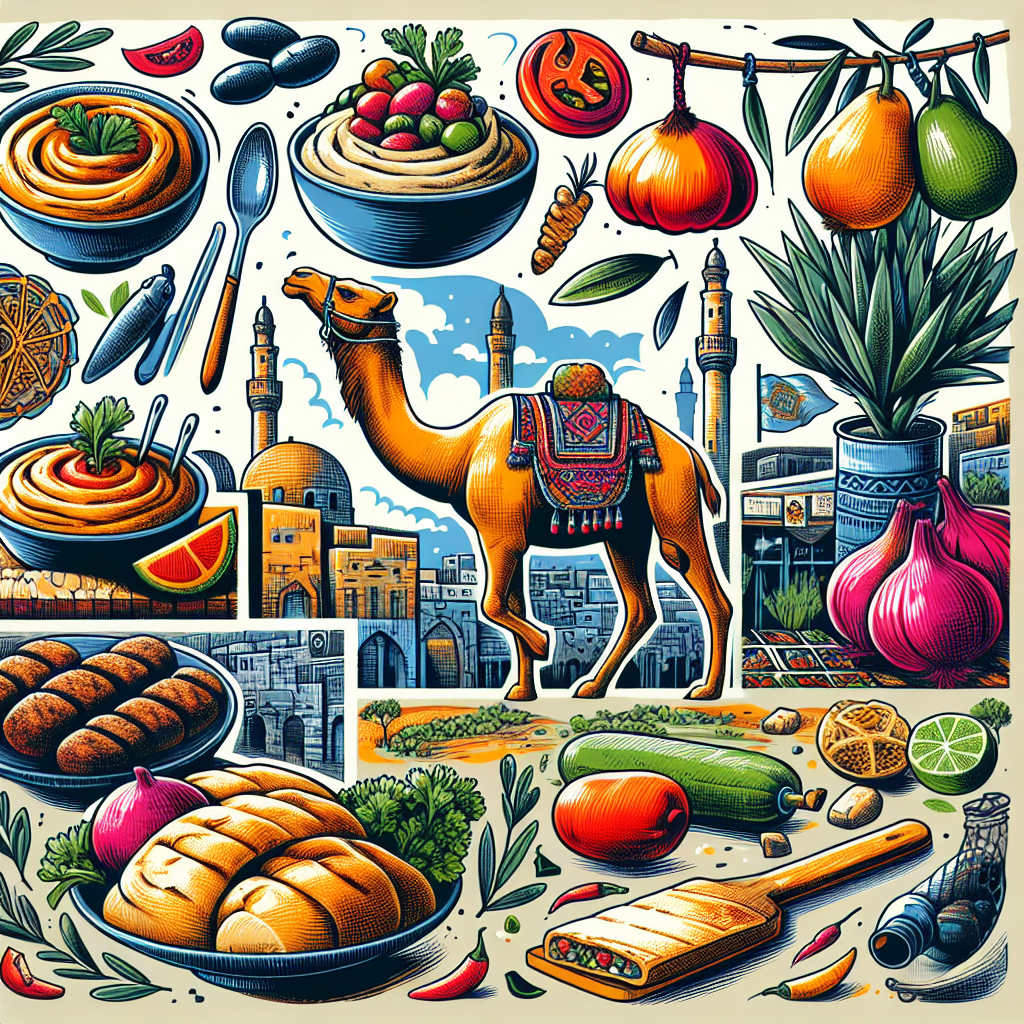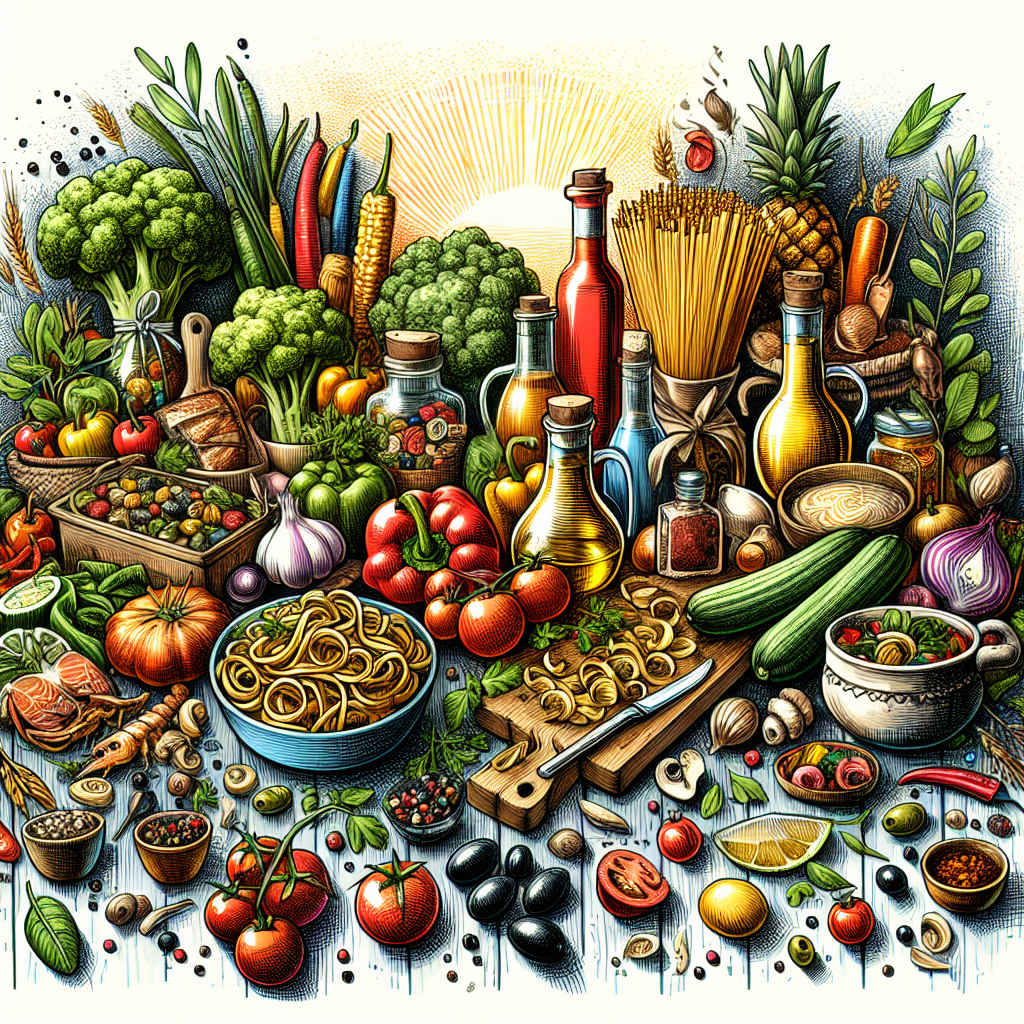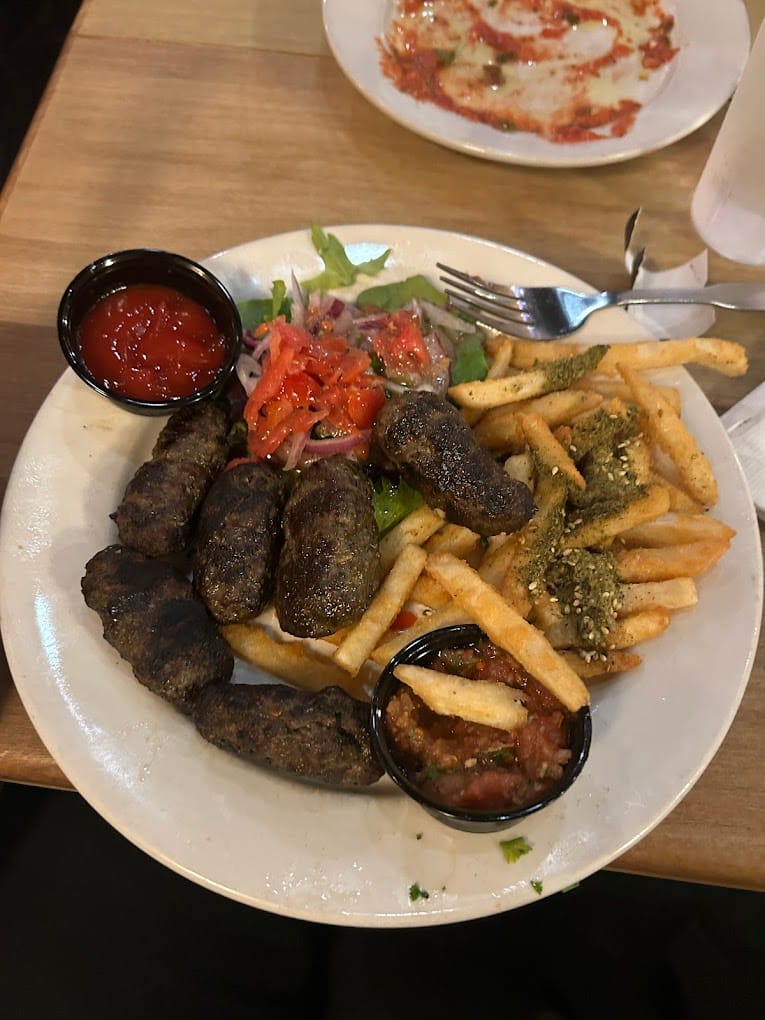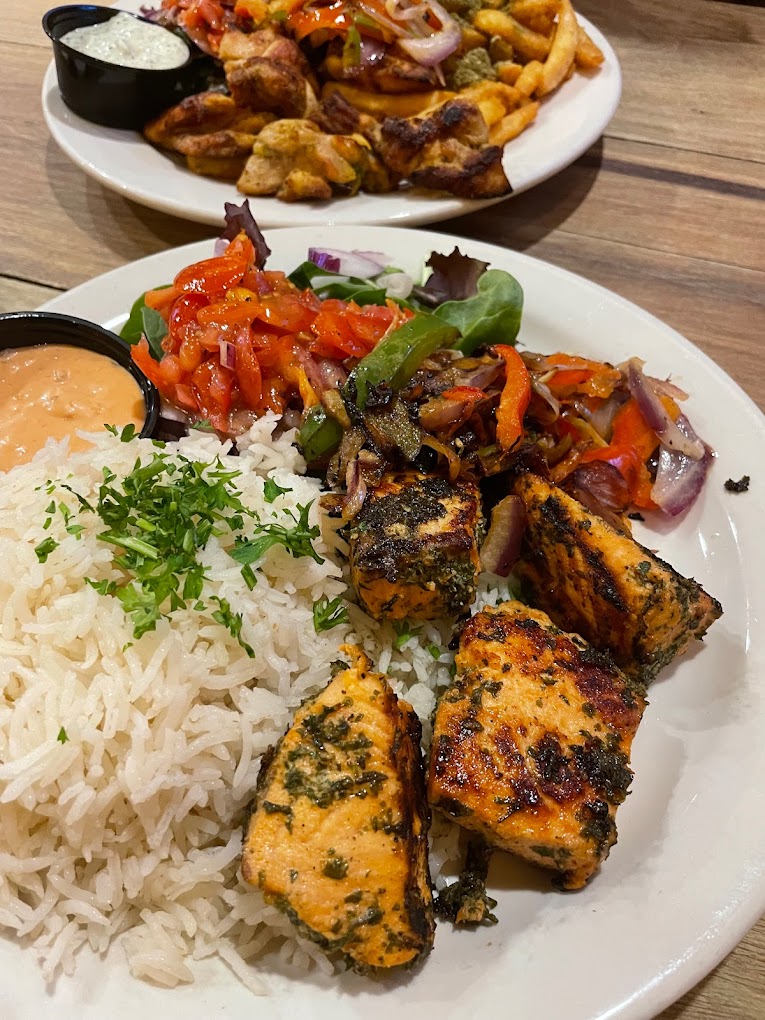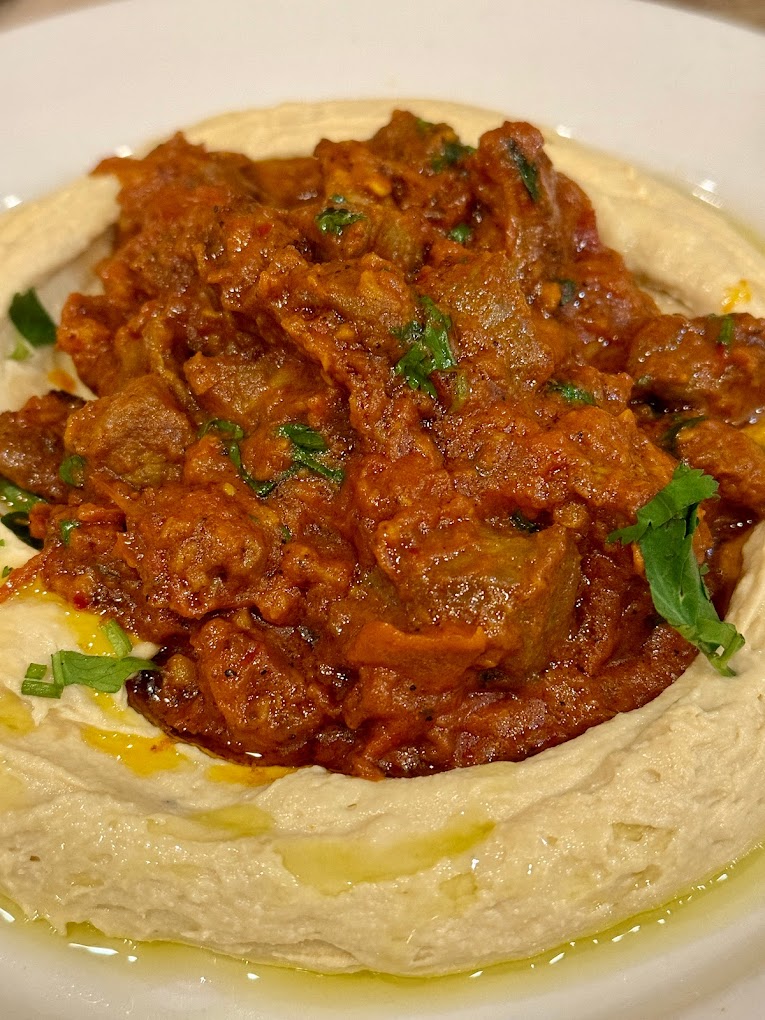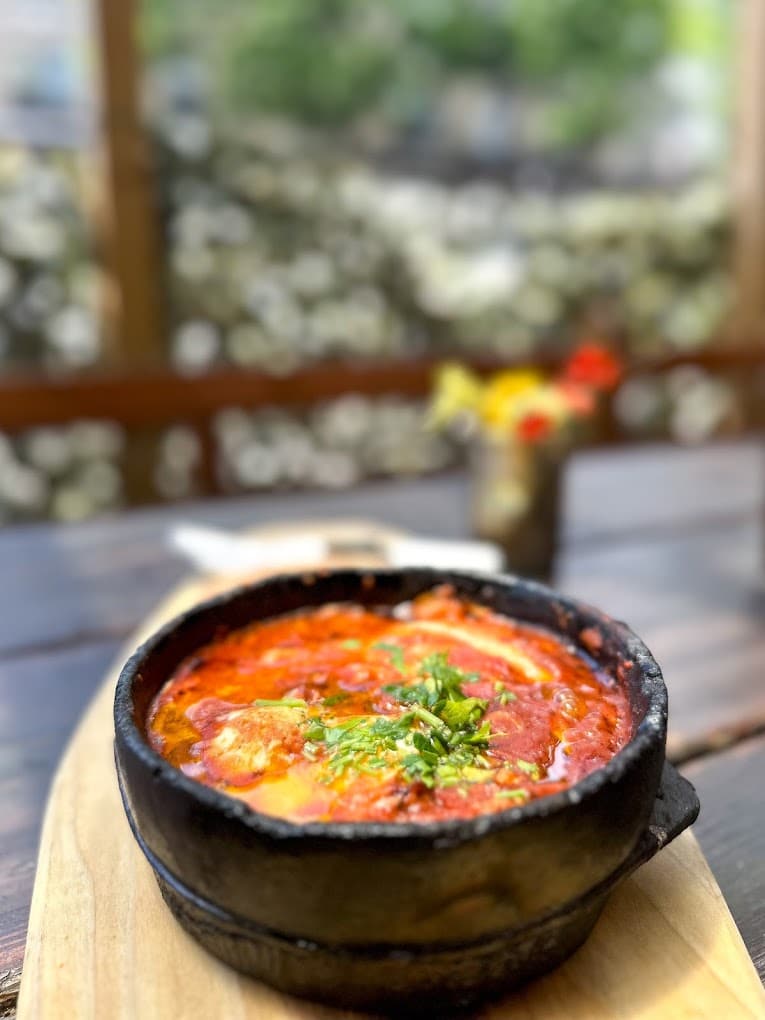Introduction
Imagine strolling through a sun-drenched grove, the air filled with the scent of fresh olives and herbs. This isn’t just a daydream; it’s a snapshot of the Mediterranean diet, a culinary tradition that has enchanted food lovers and health enthusiasts alike. But what makes this diet so special? Let’s embark on a flavorful journey and uncover the top 10 foods that define the Mediterranean diet.
Table of Contents
-
The Essence of the Mediterranean Diet
-
Top 10 Foods on the Mediterranean Diet
-
The Health Benefits
-
How to Incorporate These Foods into Your Meals
-
Key Takeaways
-
FAQs
-
Conclusion
The Essence of the Mediterranean Diet
The Mediterranean diet is more than just a way of eating; it’s a lifestyle rooted in the culinary traditions of countries bordering the Mediterranean Sea. It emphasizes whole foods, lean proteins, and healthy fats, creating a harmonious symphony of flavors and nutrients. Renowned for its heart-healthy benefits, this diet is often linked to longevity and reduced risk of chronic diseases.
Top 10 Foods on the Mediterranean Diet
1. Olive Oil
Often referred to as “liquid gold,” olive oil is a cornerstone of the Mediterranean diet. Rich in monounsaturated fats and antioxidants, it’s known to support heart health and reduce inflammation. Drizzle it over salads or use it as a base for cooking.
2. Leafy Greens
From spinach to kale, leafy greens are packed with vitamins, minerals, and fiber. They add a vibrant green hue to your plate while boosting your nutrient intake.
3. Tomatoes
Juicy and bursting with flavor, tomatoes are rich in lycopene, an antioxidant linked to numerous health benefits. Whether fresh, roasted, or made into sauce, tomatoes are versatile and delicious.
4. Fish
Fish such as salmon, mackerel, and sardines are staples in the Mediterranean diet. High in omega-3 fatty acids, they promote brain health and reduce inflammation. Learn more about Omega-3 Fats from Harvard T.H. Chan School of Public Health.
5. Nuts and Seeds
Almonds, walnuts, chia seeds – these small but mighty foods are packed with healthy fats, protein, and fiber. They make for a perfect snack or crunchy salad topping. Read about the benefits of nuts and seeds from NIH.
6. Legumes
Beans, lentils, and chickpeas are protein-rich powerhouses that also provide plenty of fiber. They’re great in soups, stews, and salads.
7. Whole Grains
Barley, quinoa, and farro are among the whole grains that offer sustained energy and a wealth of nutrients. They serve as hearty bases for various dishes. Find more information on whole grains from the Whole Grains Council.
8. Fresh Fruits
Berries, oranges, grapes – fresh fruits are nature’s candy, providing essential vitamins and antioxidants. They make for a refreshing dessert or snack.
9. Herbs and Spices
Basil, oregano, rosemary – these aromatic additions not only enhance flavor but also offer various health benefits. They are staples in Mediterranean cooking. Discover more about herbs and spices from Harvard T.H. Chan School of Public Health.
10. Yogurt and Cheese
Greek yogurt and cheeses like feta are not only delicious but also rich in probiotics and calcium. They add creaminess to dishes and can be enjoyed as snacks.
The Health Benefits
By embracing these top 10 foods, you’re not just tantalizing your taste buds but also reaping numerous health benefits:
-
Heart Health: The diet’s emphasis on healthy fats and fresh produce supports cardiovascular wellness.
-
Weight Management: The high fiber content keeps you full longer, aiding in maintaining a healthy weight.
-
Reduced Inflammation: Anti-inflammatory properties help combat chronic diseases.
-
Improved Digestion: Fiber-rich foods promote a healthy gut.
-
Lifespan Extension: Studies suggest a link between the Mediterranean diet and increased longevity.
How to Incorporate These Foods into Your Meals
Integrating these foods into your daily routine is easier than you think:
-
Breakfast: Start your day with Greek yogurt topped with fresh berries and a drizzle of honey.
-
Lunch: Enjoy a hearty salad with leafy greens, cherry tomatoes, olives, and grilled chicken.
-
Dinner: Savor grilled fish with a side of quinoa and roasted vegetables.
-
Snacks: Munch on almonds or carrot sticks dipped in hummus.
Key Takeaways
The Mediterranean diet offers a delectable way to nourish your body and soul. By focusing on these top 10 foods, you’ll not only enjoy flavorful meals but also support your overall well-being. Explore more about Mediterranean cuisine on our homepage.
FAQs
What makes the Mediterranean diet unique?
It emphasizes whole foods, lean proteins, and healthy fats while incorporating culinary traditions that have been passed down through generations. Read more about the Mediterranean diet on Wikipedia.
Can I follow the Mediterranean diet on a budget?
Absolutely! Many staples like legumes, whole grains, and seasonal vegetables are affordable and versatile. Get tips on eating healthy on a budget from USDA.
Is the Mediterranean diet suitable for vegetarians?
Yes! With its abundance of plant-based foods like fruits, vegetables, legumes, and whole grains, it’s easy to follow as a vegetarian. Learn more about the vegetarian Mediterranean diet from Healthline.
Conclusion
Incorporating the top 10 foods from the Mediterranean diet into your meals can transform your culinary experience while promoting better health. Picture yourself enjoying a meal that not only delights your palate but nourishes your body – that’s the essence of the Mediterranean way of eating.
Ready to start your journey? Dive into our resources at Zatar NYC, where we celebrate the richness of Mediterranean cuisine every day.


